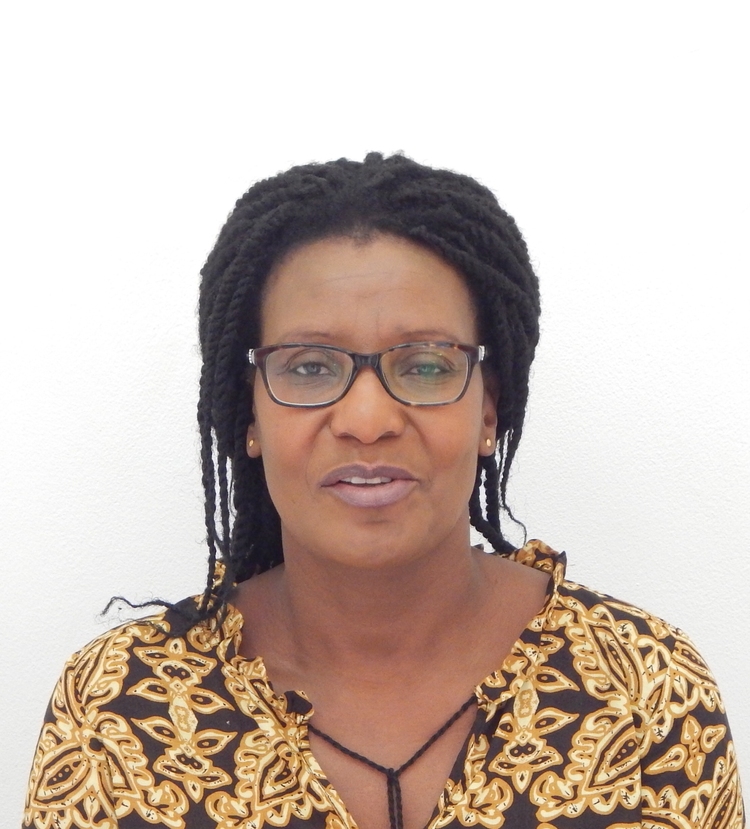
The Sunday Mail

Dr Christine Peta
IN Zimbabwe, mothers who deliver children with cerebral palsy are often accused of being witches, of having evil spirits or of breaking traditional taboos.
Such traditional understanding of disability may result in families hiding their children with cerebral palsy by locking the children in homes and denying them access to, for example, education and healthcare, thereby seriously violating their rights.
Some parents and guardians may deny their children with cerebral palsy food and other life necessities, so that the children may die quickly, and the families can ‘‘free’’ themselves from the stigma that surrounds disability.
But what really is cerebral palsy?
Cerebral palsy is a type of disability which is caused by damage that may occur to the brain during brain development. This may be due to the mutation of genes.
Cerebral palsy may also be caused by infections that may occur to a mother during pregnancy, such as chickenpox, herpes or rubella, syphillis, disruption in blood supply to the brain of a baby whilst the baby is still in its mother’s womb, and inflammation or infection of the unborn baby’s brain with meningitis.
Head injuries that may occur due to low oxygen supply to the brain during labour, premature birth or during infancy may also cause a child to have cerebral palsy.
Additional causes include the feet-first instead of head-first position of the baby at the beginning of labour. Babies with a birth weight of less than 2,5kg, multiple babies that share the uterus and premature babies born less than 28 weeks into the pregnancy are at an increased risk of having cerebral palsy.
The symptoms of cerebral palsy commonly show during early childhood years. These include problems with body movement that may occur in the legs or arms, reduced movement at various joints of the body due to stiffness, unsteady walking, or a combination of these challenges.
Persons with cerebral palsy often struggle to swallow. They may also have an imbalance of eye muscles, which may result in them not being able to focus on the same object due to their muscles’ stiffness.
Cerebral palsy may not affect the whole body, but it may, for example, be limited to one leg, one arm or one side of the body.
As a child gets older, some of the symptoms may become more visible, and if not treated aggressively, muscle shortening and muscle stiffness may get worse.
However, the effects of cerebral palsy are not the same for all affected persons, hence some people with cerebral palsy may walk, whilst others may not be able to walk. Others may have intellectual disabilities while others may have standard intellect. Some may have visual and hearing challenges and/or epilepsy while others may have excessive drooling or seizures, among other challenges.
Way Forward
Research has indicated that most cerebral palsy cases cannot be prevented, but if certain precautions are taken, the risk of a child acquiring cerebral palsy can be reduced.
There is need to always take optimal care of oneself — a healthy mother is less likely to develop infections that may put the baby at risk of developing cerebral palsy.
In addition, vaccination against rubella may help to prevent infections that may result in a baby’s brain getting damaged.
It is best to seek prenatal care at an early stage — and to continue to get healthcare checks throughout the pregnancy. Such checks may help to prevent low birth weight, premature birth and infections.
It is also important to avoid harmful drugs, tobacco and alcohol, especially during pregnancy. When a baby is born, it is important to ensure that the child is always safe. Provide appropriate supervision and prevent head injuries by ensuring that the child wears a helmet when cycling. Also ensure that the child uses a car seat and provide safety rails on a baby’s bed so that the baby does not fall.
When you notice suspicious bodily movements, swallowing problems, or other issues that are related to a delay in your child’s development, quickly arrange to get a diagnosis from a health care practitioner.
Among other things, treatment for cerebral palsy may include medication, use of assistive devices, as well as physical, occupational and speech therapy.
Having cerebral palsy should not be regarded as the end of the world for a child. Many children with cerebral palsy get the right support and often live fulfilling lives. They grow up to be successful actors, writers, painters and leaders in the various facets of life.
There is no need to stigmatise mothers who deliver children with cerebral palsy. We should all learn to embrace difference and support our children so that they can develop to their full potential.
Dr Christine Peta has a PhD in Disability Studies. Be part of international debate on how best to nurture a society which is more accessible, supportive and inclusive of persons with disabilities. E-mail [email protected]



